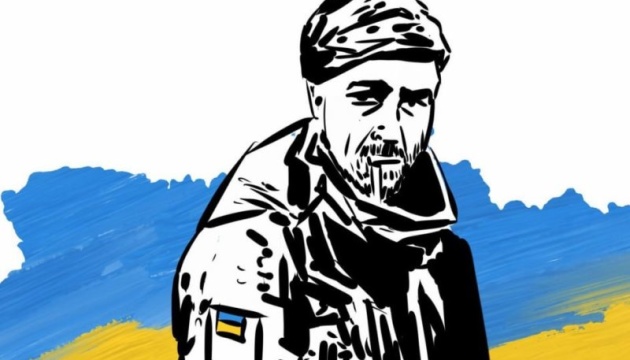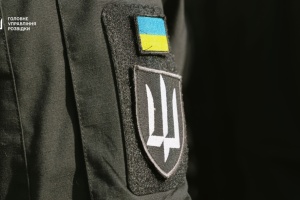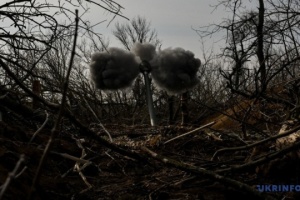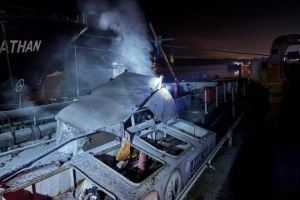
Conspiracy, fakes, and justification of war crime: Russian Telegram channels react to video of Ukrainian POW execution
Three key “versions” were circulated:
● the video is staged, the murder never happened;
● the shooting is real, but the video was shot by the Ukrainians as an act of provocation;
● the video shows the actual execution of a Ukrainian prisoner but “this is his own fault.”
The initial reaction of the Russian fake-makers was an attempt to sow doubts among the audience about the authenticity of the video. Taking advantage of the fact that neither the place nor the date of shooting has been established yet, the propagandists “paid attention” to the “theatrical nature of the video” and the “unnaturalness” of the behavior of the Ukrainian serviceman, who does not fall into hysteria and calmly addresses the enemy. The original publication with this “explanation” did not live very long on Telegram and was deleted by the administrator of the channel “MIG Rossii” almost immediately after publication.
However, statements about “staging the execution” and “shooting with blanks” can be found on the channels “Voenkor Yakovenko Vyacheslav” and Rogandar News. But the latter presents it only as one of the versions.
After an apparently unsuccessful attempt to spread the version about the staging, the propagandists switched to a new plot: the shooting of someone by the Ukrainian military to conduct an anti-Russian PSYOP. For the role of the victim, they suggested:
● a Russian POW dressed in the uniform of the AFU;
● a Ukrainian deserter;
● a civilian who was forced to star in the video.
It was this “version” that became the main one. Anatoly Shariy, Yuri Podolyaka, Daniil Bezsonov, Andrey Medvedev, Kremlin war reporters, and anonymous Telegram channels joined its promotion.
Some of them even “found” those who were “shot.” In particular, an unnamed mobilized medic from the Samara region of Russia, a serviceman Denis Yakovlev from Togliatti of the same Samara region, as well as a “resident of Donetsk named Anatoly”.
About a dozen Telegram channels posted what they called a “very likely” version of “how it really was.”
Even Bezsonov’s message that the mobilized medic was alive did not stop the wave of publications about his murder in the “fake video.”
At the same time, the propagandists were working to find doubts that allegedly should arise when watching the video and disseminate conspiracy theories about the timeliness of the publication of this “video that is beneficial to Ukraine.” Pseudo-Ukrainian Telegram channels, in particular “Legitimnyi,” and fugitive Illia Kyva took part in spreading these messages.
However, the authenticity of this video remains one of the working versions of Russian propaganda. As a justification for this obvious war crime, the following “arguments” are given:
● it is the prisoner’s own fault because he behaved “boldly” and “provoked” the Russian military. Almost just like Ukraine “provoked” the Russian invasion;
● “Ukrainian Nazis” do not deserve sympathy; their murder is not a crime;
● In war, everyone does this, and there is nothing special about the execution.
The only fault of the Russian killers, which the propagandists admit, is that they documented the crime themselves and allowed it to leak to the network.
The Russians’ response to the publication of the video of the execution of the prisoner once again demonstrated the key areas of work of Russian propaganda: the simultaneous spread of several versions to disorient the audience and promote the narrative that “everyone lies,” as well as blurring the boundaries of what is allowed by justifying a brutal crime.
Center for Strategic Communication and Information Security




